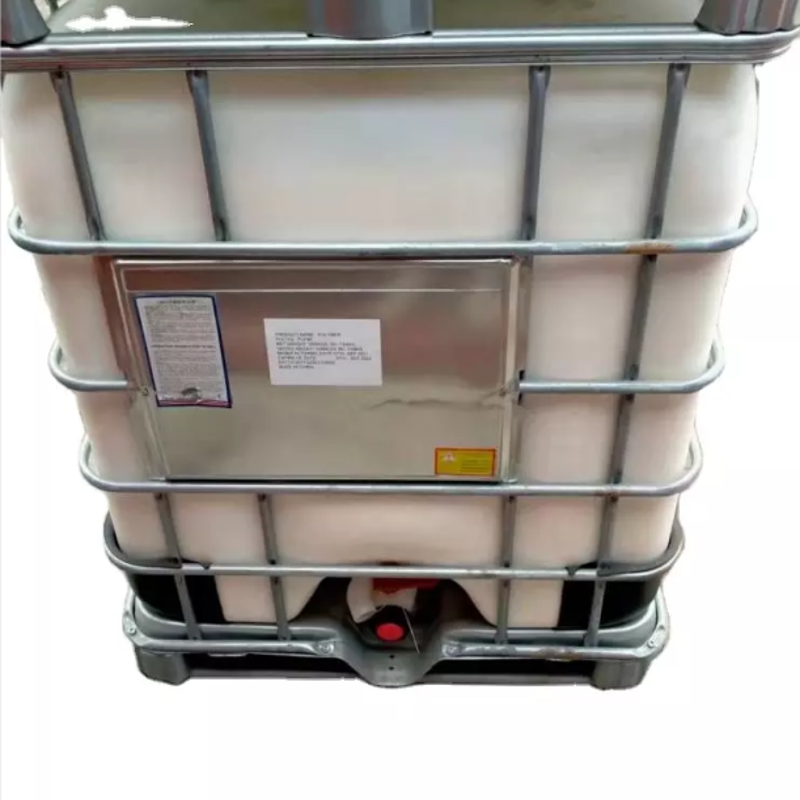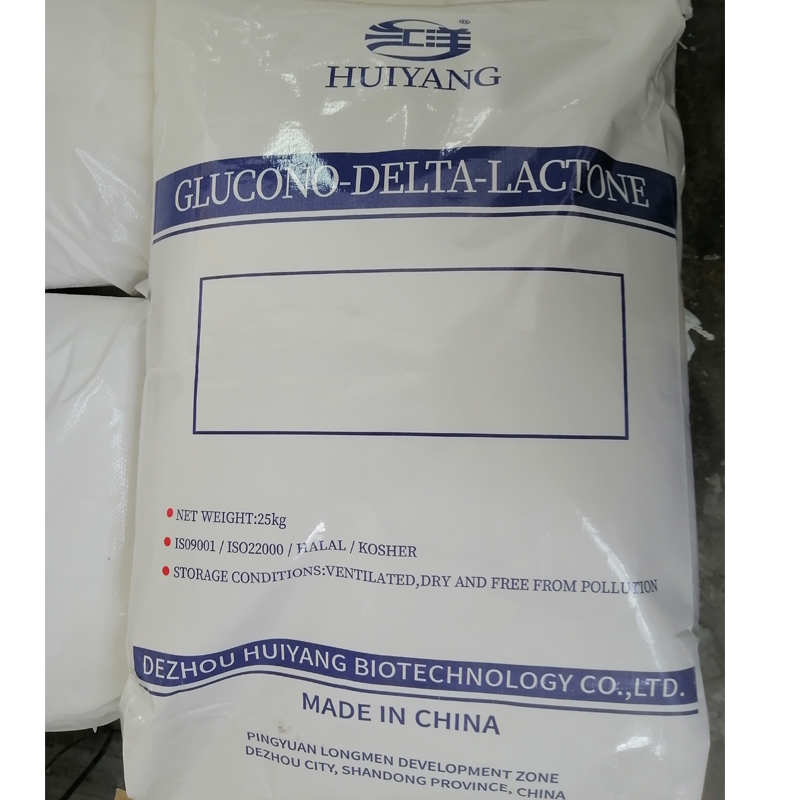-
Categories
-
Pharmaceutical Intermediates
-
Active Pharmaceutical Ingredients
-
Food Additives
- Industrial Coatings
- Agrochemicals
- Dyes and Pigments
- Surfactant
- Flavors and Fragrances
- Chemical Reagents
- Catalyst and Auxiliary
- Natural Products
- Inorganic Chemistry
-
Organic Chemistry
-
Biochemical Engineering
- Analytical Chemistry
- Cosmetic Ingredient
-
Pharmaceutical Intermediates
Promotion
ECHEMI Mall
Wholesale
Weekly Price
Exhibition
News
-
Trade Service
What we usually call yellow croaker includes two species of large yellow croaker and small yellow croaker
.
The north is also called yellow croaker .
Yellow croaker has a high protein content, and is rich in fat , calcium, phosphorus, iron, vitamin B, vitamin B2, niacin , iodine, etc.
, of which phosphorus and iodine are particularly high
.
Fish taste delicious, well received by the consumer favorite
.
However, during the sale of yellow croaker, because the fish itself is not fresh, some illegal vendors will dye the fish to make the yellow croaker look fresher, posing a safety risk
.
So, how to distinguish large yellow croaker and small yellow croaker? How to identify whether yellow croaker is dyed?
.
The north is also called yellow croaker .
Yellow croaker has a high protein content, and is rich in fat , calcium, phosphorus, iron, vitamin B, vitamin B2, niacin , iodine, etc.
, of which phosphorus and iodine are particularly high
.
Fish taste delicious, well received by the consumer favorite
.
However, during the sale of yellow croaker, because the fish itself is not fresh, some illegal vendors will dye the fish to make the yellow croaker look fresher, posing a safety risk
.
So, how to distinguish large yellow croaker and small yellow croaker? How to identify whether yellow croaker is dyed?
1.
Big and small yellow croaker, have you distinguished?
Big and small yellow croaker, have you distinguished?
Large yellow croaker and small yellow croaker are two species.
Large yellow croaker has a large head, an oblique mouth, large head eyes, a slender tail stalk, and a length that is more than three times the height of the tail stalk; the second spine of the anal fin is equal to or greater than Eye diameter, small scales, tight organization, 8-9 scales between the dorsal fin and lateral line; while the small yellow croaker has a taller back, large round scales, stubby stalk, wide mouth, and small eyes
.
Large yellow croaker is an important breeding species in our country.
The number of individuals on the market is more than 500 grams; the small yellow croaker has not been cultivated artificially.
Due to the decline of marine fishery resources, the individual fished small yellow croaker is below 100 grams
.
Large yellow croaker has a large head, an oblique mouth, large head eyes, a slender tail stalk, and a length that is more than three times the height of the tail stalk; the second spine of the anal fin is equal to or greater than Eye diameter, small scales, tight organization, 8-9 scales between the dorsal fin and lateral line; while the small yellow croaker has a taller back, large round scales, stubby stalk, wide mouth, and small eyes
.
Large yellow croaker is an important breeding species in our country.
The number of individuals on the market is more than 500 grams; the small yellow croaker has not been cultivated artificially.
Due to the decline of marine fishery resources, the individual fished small yellow croaker is below 100 grams
.
2.
How to choose high-quality yellow croaker
How to choose high-quality yellow croaker
The surface of high-quality yellow croaker is golden yellow, shiny, with complete scales, and is not easy to fall off; the flesh is firm and elastic; the eyeballs are full and protruding, and the cornea is transparent; the color of the fish's gills is bright red or purple, and the gills are clear, without any peculiar smell or fishy smell
.
.
(1) Look at the appearance and distinguish the color: fresh large yellow croaker (Yellow croaker) is yellow with metallic luster, the color of the abdomen gradually fades from bottom to top, the back and upper sides of the fish body are yellowish brown, and the lower and ventral sides are golden yellow , Pectoral and pelvic fins are yellow, the yellow is naturally shiny, and the lips are orange-red
.
The dyed yellow croaker is uniform in color, generally heavier in coloration, and has no layering
.
.
The dyed yellow croaker is uniform in color, generally heavier in coloration, and has no layering
.
(2) Wipe the fish body: the yellow croaker itself does not fade.
When wiped with paper, there will be a slight yellow mucus.
The dyed yellow croaker will fade when wiped.
Lemon yellow and sunset yellow are both soluble in water
.
When wiped with paper, there will be a slight yellow mucus.
The dyed yellow croaker will fade when wiped.
Lemon yellow and sunset yellow are both soluble in water
.
(3) Scraping fish scales: Fresh yellow croaker still has a natural yellow color after the scales are scraped off, and the color will not fade after washing; the dyed yellow croaker is mainly on the body surface, and the fish body is white after the scales are scraped off
.
.
(4) Soaking in water: Real yellow croaker has no obvious color fading after soaking in water.
If there is obvious yellow in ice cubes and ice water, it is usually dyed yellow croaker
.
If there is obvious yellow in ice cubes and ice water, it is usually dyed yellow croaker
.
3.
The therapeutic efficacy of yellow croaker and its suitability for the crowd
The therapeutic efficacy of yellow croaker and its suitability for the crowd
According to classical records, yellow croaker has the functions of invigorating the spleen and appetizing, replenishing qi, filling essence, impotence, improving eyesight, soothing the nerves.
Diseases such as physical weakness
.
Anemia, insomnia, dizziness, loss of appetite, and women with postpartum physical weakness are particularly suitable
.
Diseases such as physical weakness
.
Anemia, insomnia, dizziness, loss of appetite, and women with postpartum physical weakness are particularly suitable
.
At the same time, yellow croaker is also a hairy substance.
If you eat too much, it is easy to produce phlegm to help poison, and to help heat sores
.
Asthma patients and people with allergies should eat with caution
.
If you eat too much, it is easy to produce phlegm to help poison, and to help heat sores
.
Asthma patients and people with allergies should eat with caution
.
Source: edible agricultural products consumption health science face-to-face







